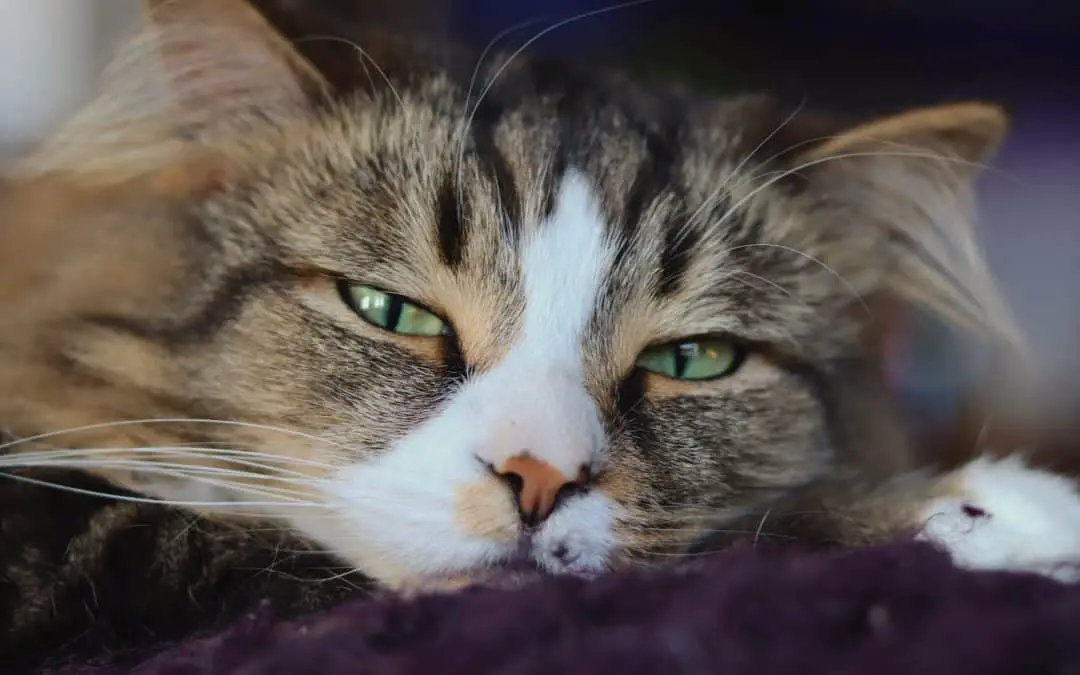Deciding to keep your cat indoors can help them live longer, keep them from getting lost, and even protect your local ecosystem. While they are wondrous hunters, outdoor cats face many more dangers than their indoor counterparts.
Indoor cats tend to avoid traumatic injuries and catch fewer diseases than outdoor cats do. And while it might seem like a daunting task to keep your cat inside when they’re used to going outside, the transition may be easier than you might think.
Indoor Cats Live Longer
Indoor cats can live up to 10 years longer than outdoor cats. This is because they are less likely to catch deadly diseases, get into fights, get hit by motor vehicles, or encounter wild animals or abusive humans. They are also far less likely to get lost.
Outdoor cats have a tendency to go missing, even when they have ID tags or microchips. While we can hope they just found a kind family who feeds them fresh fish and filtered water in the finest china, the truth is often more gruesome. From being hit by vehicles to getting into fights with coyotes, there are many reasons why Stripes might not make it back.
With fewer predators and less exposure to diseases, your indoor kitty will rack up far fewer vet bills. In fact, a healthy young cat normally only sees the vet once a year for checkups and vaccinations. Keeping your cat indoors can save you a lot of worry, heartache, and money.
Five Tips for Keeping Your Cat Happy Indoors
1. Cats Like to Be Clean
No one likes a dirty bathroom. That is why having the right number of litter boxes and keeping them clean is the first step in helping your cat love the indoors. Dirty litter boxes can stress your cat out or force them to find other places to do their business. Creating a quiet, clean environment will help them become more comfortable with using the litter box instead of going outdoors.
Making sure your cat is well groomed is another important step in keeping them clean. Some indoor cats (like long haired beauties) may get more tangles at home than if they were roaming. But even short haired kitties need daily brushing to keep their coats clean and healthy. Indoor cats also need you to clip their nails when they get too long and to provide plenty of scratching posts.
2. Cater to Your Cat’s Interests
Is your cat a tree climber? Get them a cat condo! Do they enjoy watching people from the top of the fence? Cat perches are the answer! Do they love to hunt? Well, luckily for you there is a toy for that!
Picking out the right furnishings and toys is one way to make the indoors more fun. But you don’t have to break the bank. There are countless videos, online that show you how to build or make objects that will enrich the life of your indoor cat.
3. Schedule Interactive Play Time
Playing with your kitty can go a long way in helping them transition from outdoor to indoor. Structured play sessions, like dangling strings or toys, or setting up boxes to hide and climb in, will help your cat get the exercise they crave, and makes them forget about the outside for just a little bit longer.
4. Supervised Outdoor Excursions
Unless you suspect your cat of plotting their next escape, creating moments where they are able to go outside could be helpful. Using a special harness and a leash, you could allow your kitty to explore the backyard. You could even take them on a walk. Just be sure to be wary of off-leash dogs.
5. Involve Everyone
If there are other people in your household, make sure everyone is on the same page when it comes to transitioning your cat to indoors. Consider posting cute signs on the doors to remind others that the cat is not allowed to go outside anymore. Talk to children and guests about closing doors swiftly, or not opening windows unless they have screens.
Extraordinary Vet Care in Gilbert Arizona
At East Valley Animal Hospital we have a commitment to providing the best veterinary care possible to all the animals we see. Our team can help you give your outdoor cat the vaccinations they need, or help you throughout the transition to indoors. We’ll always ensure that your pet is in good health and thriving in their environment. Contact us today to make an appointment.
Images used under creative commons license – commercial use (3/12/23). Photo by Shaylyn on Unsplash.

